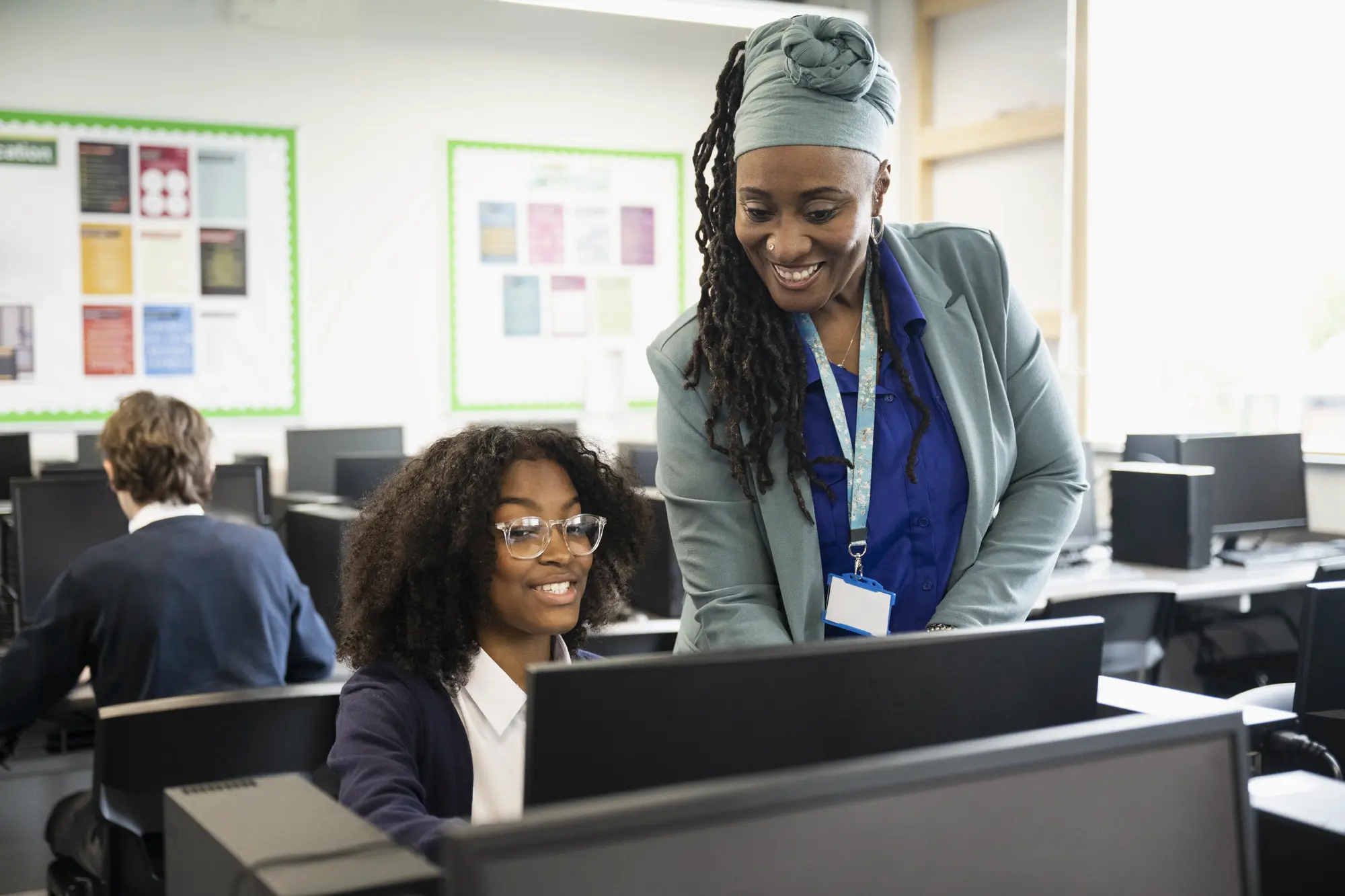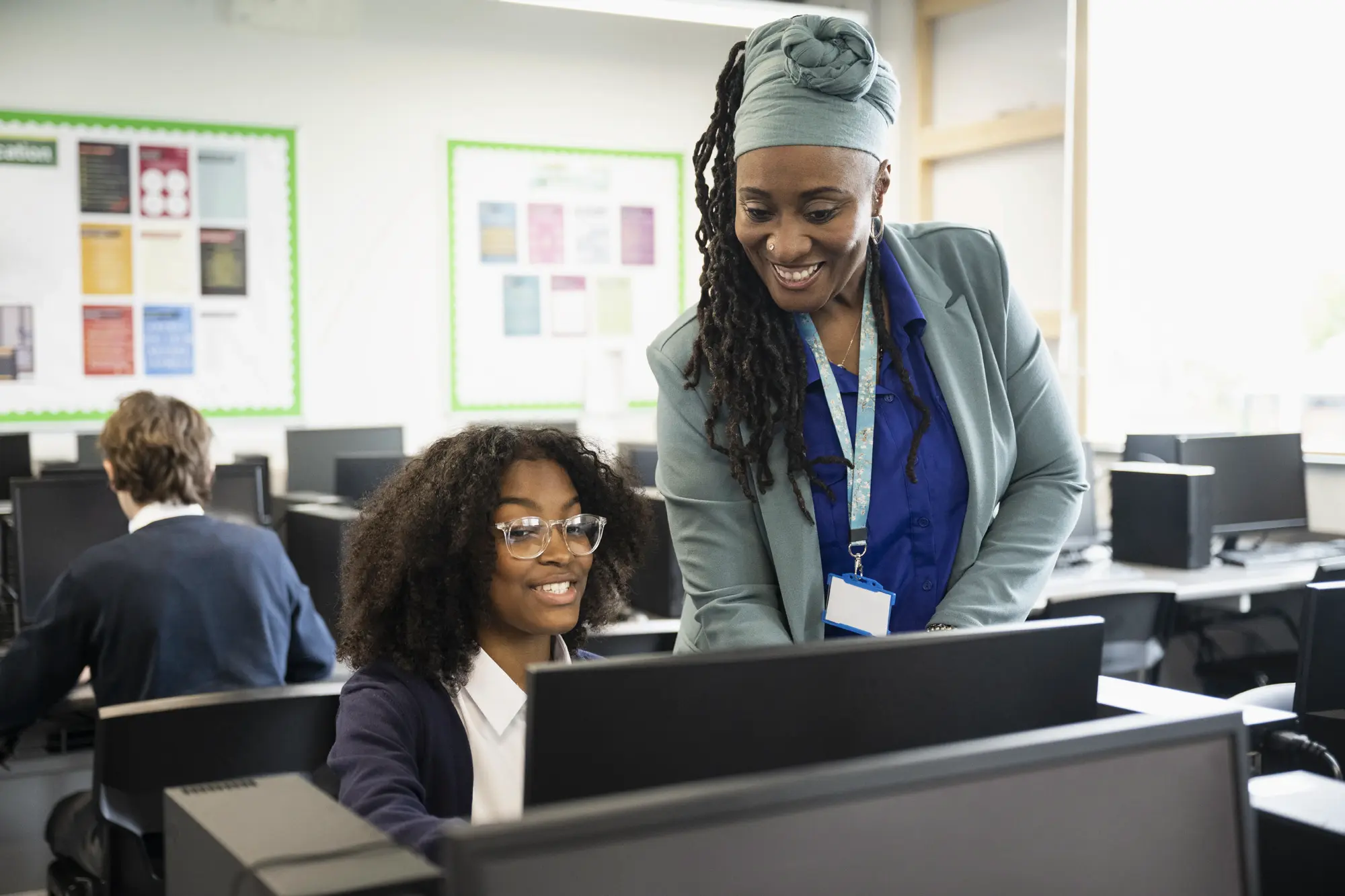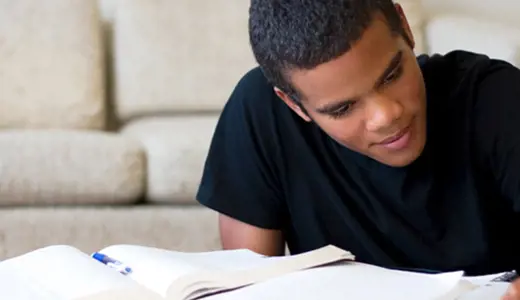You might have seen the news that the BBC micro:bit is now being sent out to all year 7 students. The aim of these mini, programmable computers is to inspire students to develop creative and digital skills through coding, and get more young people interested in science, technology, engineering and maths. It is clear from this alone that coding has become the hot topic for technology in the classroom, having been made a part of the curriculum as of September 2014 [1]. With over 12 million people in the UK unprepared to fill the looming digital skills gap, it’s no surprise that coding has been highlighted as such an important aspect of current and future teaching models [2]
Though coding may seem very technical and sometimes daunting to tackle, confined to the realms of the computer labs, I’d like to dispel this myth. Granted, the digital skills learnt from coding are a major benefit to the changing needs of the labour market; in today’s digital world, it’s not enough for the next generation to know how to use programmes and software – they also need an appreciation for how these things are developed and how coding is used to produce them. But we shouldn’t consider it a teaching practice exclusively designed for computing lessons.
This is because coding is a tool that anyone can master, a lot of fun to use and, most importantly, a doorway to developing a range of cross-curricular skills. It can be a collaborative process, giving students the opportunity to work together, solve problems and evaluate each other's work. It can also help to develop problem solving, patience, resilience, logical thinking, creativity and communication. This means that as well as computing, it can be a great asset in all manner of subjects – you may want to get students using programming languages to tell stories as part of creative writing in English, for example. Or devising solutions to real-world environmental challenges in a geography lesson. They could even try creating impressive presentations or interview role-play games in PSHE or careers sessions. Not only is it relevant to many subjects, it’s a great way of bringing lessons to life and introducing new techniques that spark imaginations and fuel new ideas!
So how does coding build on these skills, what is the mechanic behind it all? The answer is computational thinking, a way of breaking down complex information into manageable chunks and devising ways to solve it, similar to the algorithms a computer would use. This is now central to both the primary and secondary curriculum and can be easily developed when we learn to code. Through practising this process of thinking, students are not only employing technical skills, but also a strategic, step-by-step approach to solving a problem. It also teaches that making mistakes can help to solve future problems through evaluation. Students can find this useful in all sorts of areas, such as planning an essay, managing a group project or captaining a sports team.
Once understood, coding is a simple thing to teach, but where to start? As mentioned before, if you’re a Year 7 teacher, you can register to receive your free micro:bit here. And if you’d like some more information about the micro:bit, you can download our support guide from the LifeSkills homepage. On top of this, there are tons of other resources out there for teachers and students; here are a few of my favourites:
- Computing at school's website is a great starting point as they have loads of resources for teachers, including a CPD toolkit designed to help deliver the new curriculum
- The Progression Pathways website can help teachers to plan, record and assess their computing curriculum. I’ve developed my own computing curriculum too
- Game labs such as Scratch and Kodu are excellent ways of teaching students about visual programming languages through making their own stories, games and animations, as well as building creativity and problem solving skills
- Code Academy offers a fantastic and free range of programming activities to inspire your students, including interactive exercises and quizzes
- Code Avengers is great for delivering courses on JavaScript and HTML/CSS with resources for both teachers and students – you do have to pay but most of the courses have free introductory lessons
- As well as the BBC micro:bit, there’s other low-cost hardware you and your students can add to your coding kit. Check out Arduino, CodeBug and RaspberryPi
If you haven’t already, I highly recommend you explore the resources out there and consider ways that coding can help introduce new dimensions to your teaching. At the end of the day, it’s all about preparing students for the demands of the future world of work, and having a bit of fun in the process!
[1] http://www.theguardian.com/technology/2014/sep/04/coding-school-computing-children-programming
[2] http://www.bbc.co.uk/news/technology-34570344










